You are currently viewing SemiWiki as a guest which gives you limited access to the site. To view blog comments and experience other SemiWiki features you must be a registered member. Registration is fast, simple, and absolutely free so please,
join our community today!
WP_Term Object
(
[term_id] => 157
[name] => EDA
[slug] => eda
[term_group] => 0
[term_taxonomy_id] => 157
[taxonomy] => category
[description] => Electronic Design Automation
[parent] => 0
[count] => 4329
[filter] => raw
[cat_ID] => 157
[category_count] => 4329
[category_description] => Electronic Design Automation
[cat_name] => EDA
[category_nicename] => eda
[category_parent] => 0
[is_post] =>
)
Photonics IC’s (PIC’s) are used to transmit and receive data through a (single-mode or multi-mode) optical fiber carrier, and provide the requisite electro-optical conversion for system integration. The architecture of the PIC spans the full characteristics of data transmission and reception:
Typically,… Read More
"Rigid-Flex Design is Coming"by Tom Dillinger on 10-04-2016 at 12:00 pmCategories: Cadence, EDA
Printed circuit boards that incorporate a combination of traditional PCB technology with flexible substrates, aka rigid-flex designs, have enabled an increasing variety of product designs, that leverage the unique physical form factor and lightweight options that rigid-flex technology offers. Yet, this technology requires… Read More
When you looked at a chip in the past you primarily were concerned with two things: the speed of the chip, usually expressed in GHz, and how much power it consumed. Today the IBM engineers preparing the newest POWER chip, the 14nm POWER9, are tweaking the chips for the different workloads it might run, such as cognitive or cloud, and… Read More
Low power is now a goal for most digital circuit designs. This is to reduce costs for packaging, cooling, and electricity; to increase battery life; and to improve performance without overheating. I talked to the experts on physical design for ultra-low power at Mentor Graphics recently about the challenges to P&R tools and… Read More
Floating-point computation has been a staple of mainframe, minicomputer, supercomputer, workstation, and PC platforms for decades. Almost all modern microprocessor IP supports the IEEE 754 floating-point standard. Embedded design, for reasons of power and area and thereby cost, often eschews floating-point hardware… Read More
There was a comment recently that design for low power is not an event, it’s a process; that comment is absolutely correct. Power is affected by everything in the electronic ecosystem, from application software all the way down to layout and process choices. Yet power as a metric is much more challenging to model and control than … Read More
FMCAD (Formal Methods in Computer Aided Design) is a technical conference with a 20-year pedigree. This is a conference for serious formal methods teams. Key notes are from Berkeley and UCLA, committee members are all formal heavyweights and best I can tell, there is no exhibitors area.… Read More
The arrival of optical computing has been predicted every year for the last fifteen years. As with any other technology backed by prolific research, lofty goals get dialed back as problems are identified. What emerges first is a set of use cases where the technology fits with practical, realizable implementations.
When it comes… Read More
Even digital designers need to be aware of how noise impacts their circuits because most clocked designs today use a Phase Locked Loop (PLL) block which contains a circuit called a Voltage Controlled Oscillator (VCO) that is quite sensitive in operation to the effects of noise and process variation. As process node scaling continues… Read More
Virtual prototyping has, inexplicably, been largely a DIY thing so far. Tools and models have come from different sources with different approaches, and it has been up to the software development team to do the integration step and cobble together a toolchain and methodology that fits with their development effort.
That integration… Read More


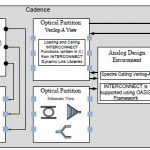


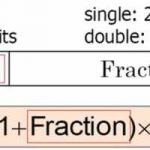
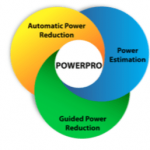
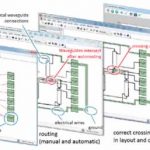
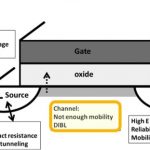
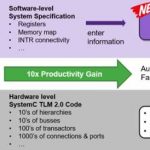
AI RTL Generation versus AI RTL Verification